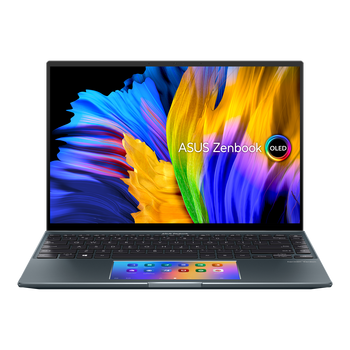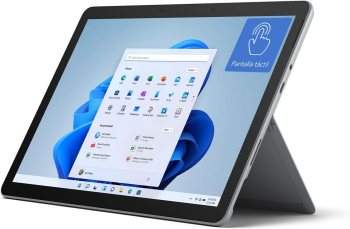- High performance
- Lightweight and portable
- Long battery life
- Wide range of connectivity options
- High-quality display
- Portable and lightweight
- Good performance
- Long battery life
- Limited upgrade options
- Higher price point
- Higher price point
- Keyboard sold separately
ASUS ZenBook 14 vs Microsoft Surface Go 3
When it comes to portable computing, mini laptops have become increasingly popular due to their compact size, lightweight design, and impressive performance. Two notable devices in this category are the ASUS ZenBook 14 and the Microsoft Surface Go 3. While both devices cater to users who value mobility and versatility, they differ significantly in terms of design, features, and functionality.
Design and Display
The ASUS ZenBook 14 boasts a sleek and premium design, with a sturdy aluminum construction that weighs just 2.78 pounds. Its 14-inch Full HD display is surrounded by thin bezels, providing an immersive viewing experience. In contrast, the Microsoft Surface Go 3 features a more compact design, weighing in at 1.2 pounds, with a 10.5-inch PixelSense touchscreen display. Although smaller, the Surface Go 3's display is remarkably vibrant and responsive, making it ideal for browsing, streaming, and casual gaming.
Performance
Under the hood, the ASUS ZenBook 14 packs a more powerful punch, thanks to its Intel Core i7 processor, up to 16GB of RAM, and 512GB of SSD storage. This configuration enables seamless multitasking, smooth video editing, and efficient productivity. On the other hand, the Microsoft Surface Go 3 is equipped with a more modest Intel Pentium Gold or Core i3 processor, up to 8GB of RAM, and 128GB of eMMC storage. While not as powerful as the ZenBook 14, the Surface Go 3 still delivers snappy performance for everyday tasks like web browsing, email, and office work.
Portability and Connectivity
Both devices excel in terms of portability, but the Microsoft Surface Go 3 is undoubtedly more compact and lightweight, making it easier to slip into a bag or purse. The ASUS ZenBook 14, however, offers a more comprehensive range of ports, including USB-A, USB-C, HDMI, and an SD card slot, whereas the Surface Go 3 has only one USB-C port and a headphone jack. This limited connectivity might require users to invest in adapters or dongles for expanded functionality.
Battery Life
In terms of battery life, the ASUS ZenBook 14 leads the way, with up to 13 hours of usage on a single charge, thanks to its larger battery capacity. The Microsoft Surface Go 3, on the other hand, offers around 9 hours of battery life, which is still respectable considering its smaller size and more power-efficient design.
Conclusion
Ultimately, the choice between the ASUS ZenBook 14 and the Microsoft Surface Go 3 depends on your specific needs and preferences. If you prioritize raw performance, a larger display, and comprehensive connectivity, the ZenBook 14 is an excellent option. However, if you're looking for an ultra-portable device that excels in terms of compactness, touchscreen functionality, and affordability, the Microsoft Surface Go 3 is an attractive choice. Both devices represent the best of what mini laptops have to offer, providing users with a unique blend of mobility, versatility, and performance.































